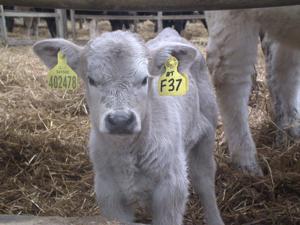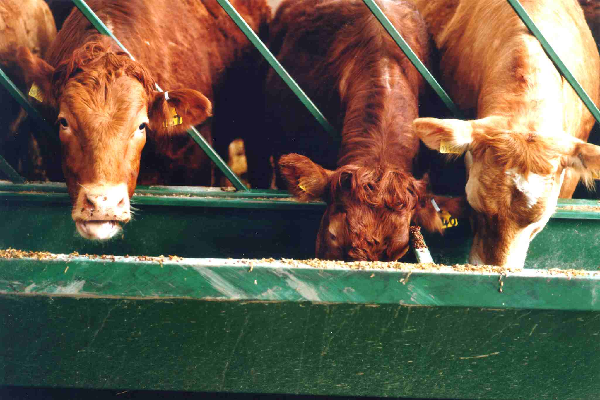Disbudding Calves
24 August 2021
Disbudding calves is a common management procedure on many beef and dairy farms. Horns pose as a potential welfare issue to cattle as well as being a potential safety risk to farmers.
Reasons for removing horns from cattle include;
- Reduce risk of injury to other stock (particularly when feeding and in transport)
- Reduce risk of causing significant damage to carcases and hide quality
- Reduce the risk of injury to people from horns
- Easier to handle stock in handling systems
Horns are not present at birth. Instead calves have horn buds on the top of the head (between the ears, where horns will develop). These hard lumps are usually covered by a tuft of hair. Calves should be disbudded while the horn development is still at the bud stage as these buds are not yet attached to the skull. The procedure therefore causes less stress and tissue trauma than later dehorning, meaning calves recover and get back to feeding (and growing) more quickly. The aim of disbudding is to burn and destroy the horn-producing tissue preventing horn growth.
Dehorning however refers to the removal of horns (by cutting or sawing) after they have formed and are attached to the skull.
Before carrying out disbudding ensure that you have all the necessary equipment to hand and it is clean and ready for use. Good hygiene (facilities, hands and instruments) is important to reduce the risk of infection after disbudding.
- Ensure the calf is appropriately restrained, preferably using a calf crate. Remember, a stressed calf usually results in a stressed handler so ensuring that the calf is restrained and not struggling is important – take your time.
- Identify the horn buds and the bony ridge located halfway between the corner of the animal’s eye and the ear. After drawing back to check you are not in a blood vessel, inject anaesthetic to each side of the animal’s head – your vet can advise on the right product and volume to inject, as well as training you to correctly locate the injection site. The anaesthetic takes time to work so either run the calves through the race twice, or allow ten minutes to pass before disbudding is carried out.
- It’s useful to clip the hair around the bud first with clippers or scissors (curved scissors are preferable which cut the hair without catching the skin) so the horn bud is easily seen.
- Ensure that the iron instrument is hot enough. Slow disbudding is most commonly due to the iron used not being allowed to reach a high enough temperature.
- While holding the calves’ muzzle, place the hot disbudding iron on the bud on the calves head applying pressure before beginning to rotate the iron in a circular motion firmly around the bud. Angle the iron so that the edge burns the skin around the rim of the bud. You will feel the iron cauterise and sear through the layers of tissue.
- Dig out the bud by pressing and moving the head of the iron sideways leaving a small crater in the skin where the bud was. The bud can also be flicked out by hand.
- Carry out the same procedure on the other horn bud in the same way. Removing both buds is generally a fairly quick process.
- You should talk to your vet about using an anti-inflammatory drug to help reduce the pain after disbudding and reduce recovery time. Some vets now use sedation to disbud groups of calves, which reduces stress and helps to speed up the procedure.
- Avoid disbudding at times and sites of high fly activity. Some vets recommend topical sprays after the procedure but this is not always necessary or helpful, and recent information suggests that anaesthetic gels may be more effective than antibiotic sprays at supporting wound healing.
- Keep an eye on calves after disbudding and consult your vet if you have any concerns.
Before carrying out disbudding on calves ensure you have received appropriate training and are competent. Consultant your vet with any queries or concerns you may have.
There is also the option to use a disbudding paste as a method of preventing horn growth. Paste should be applied to the horn buds of calves eight weeks of age or younger.
Sarah Balfour, sarah.balfour@sac.co.uk
Related Resources
Sign up to the FAS newsletter
Receive updates on news, events and publications from Scotland’s Farm Advisory Service


